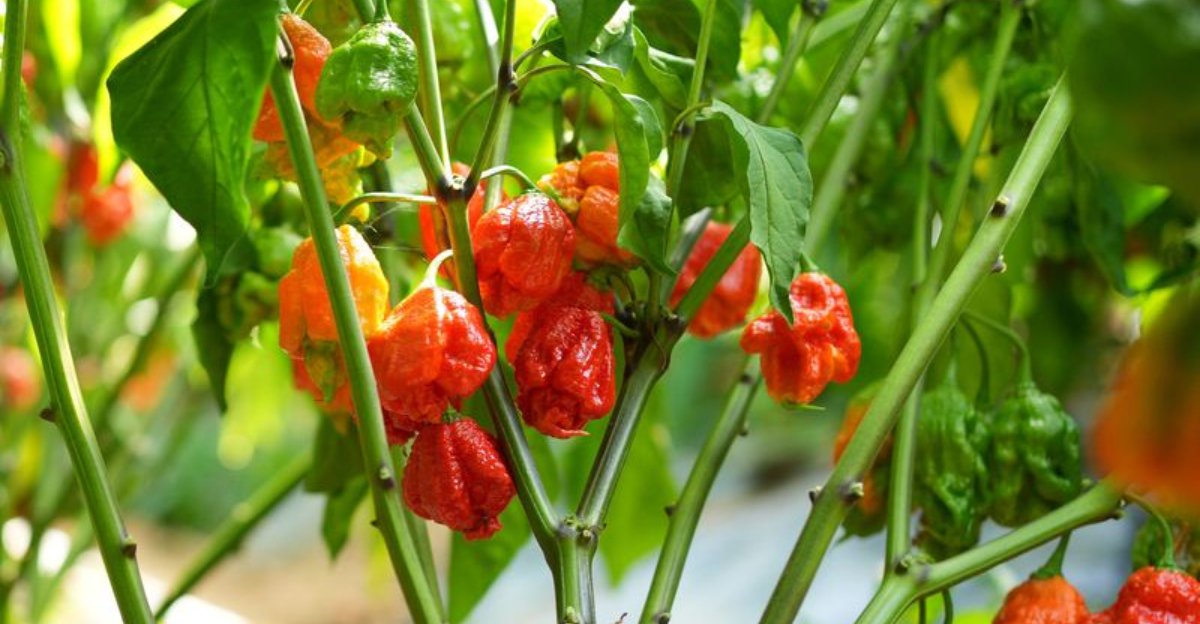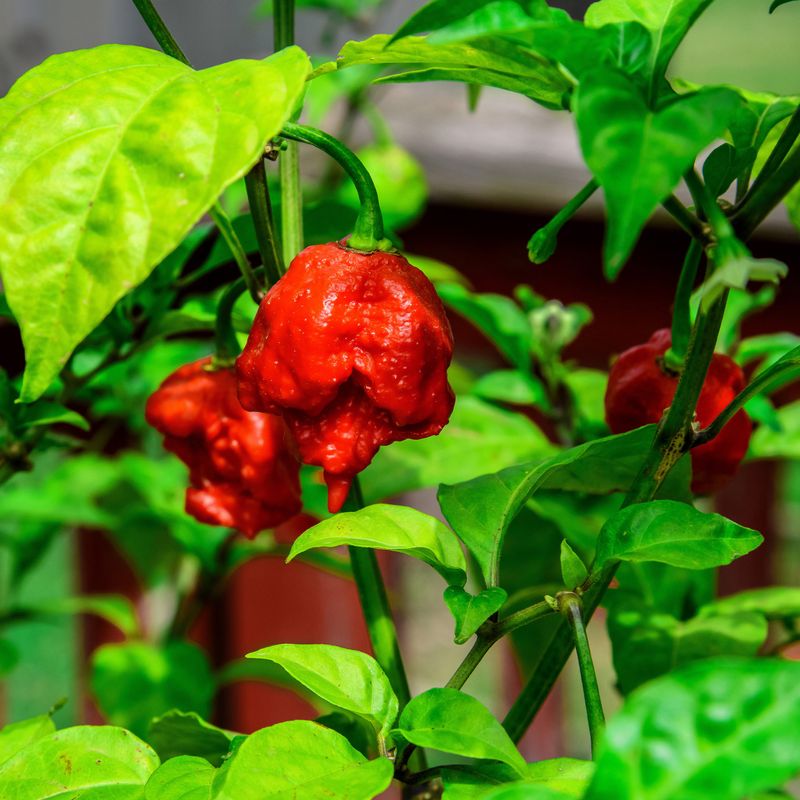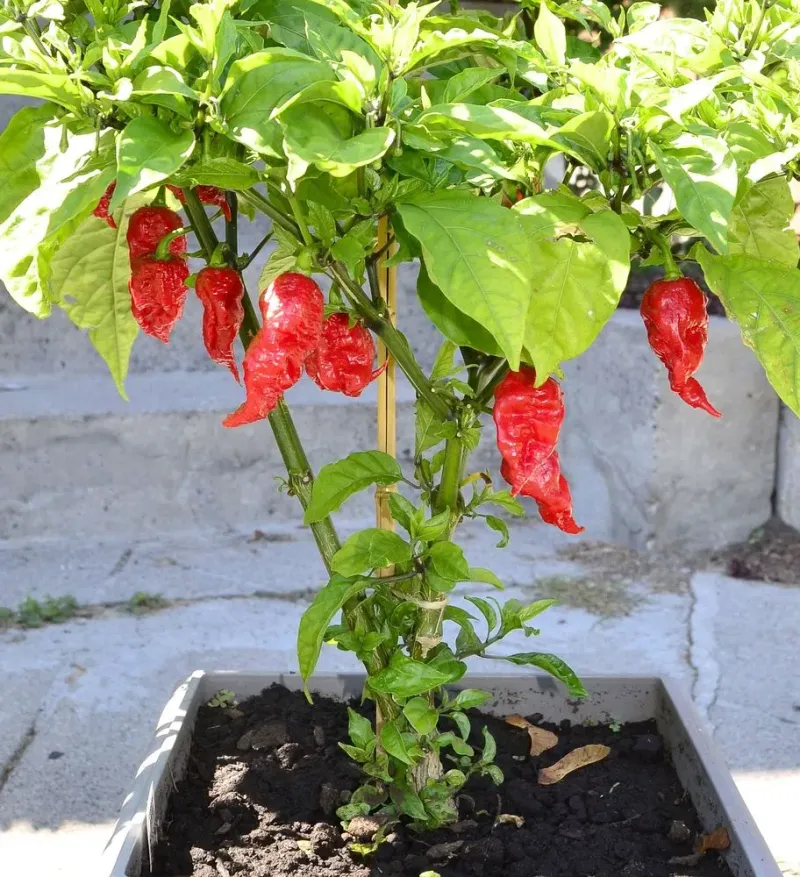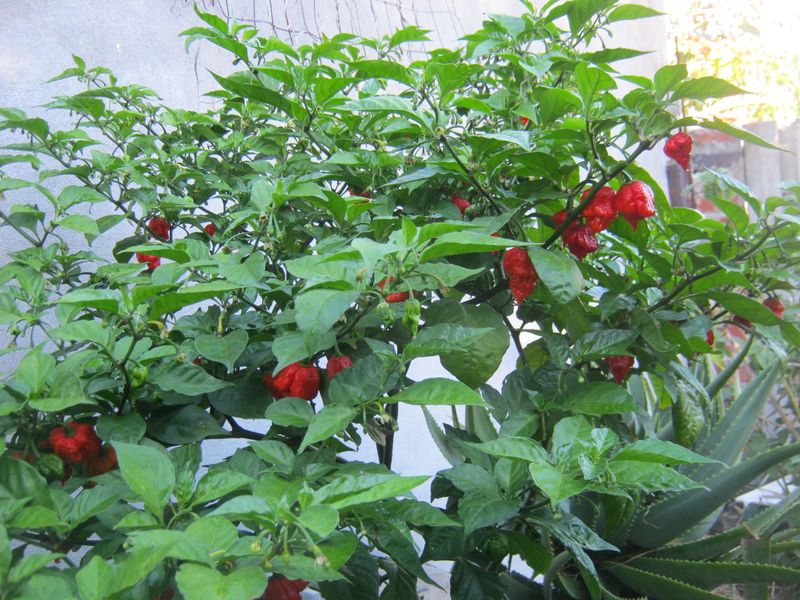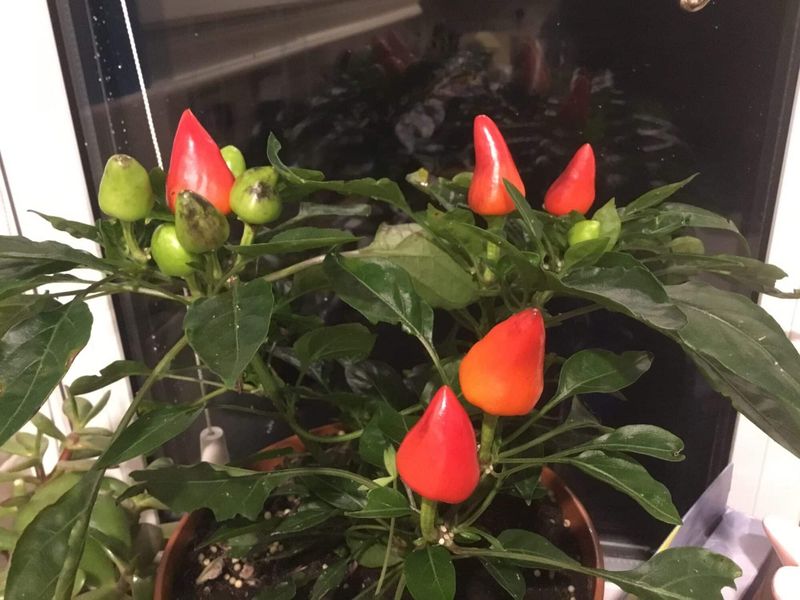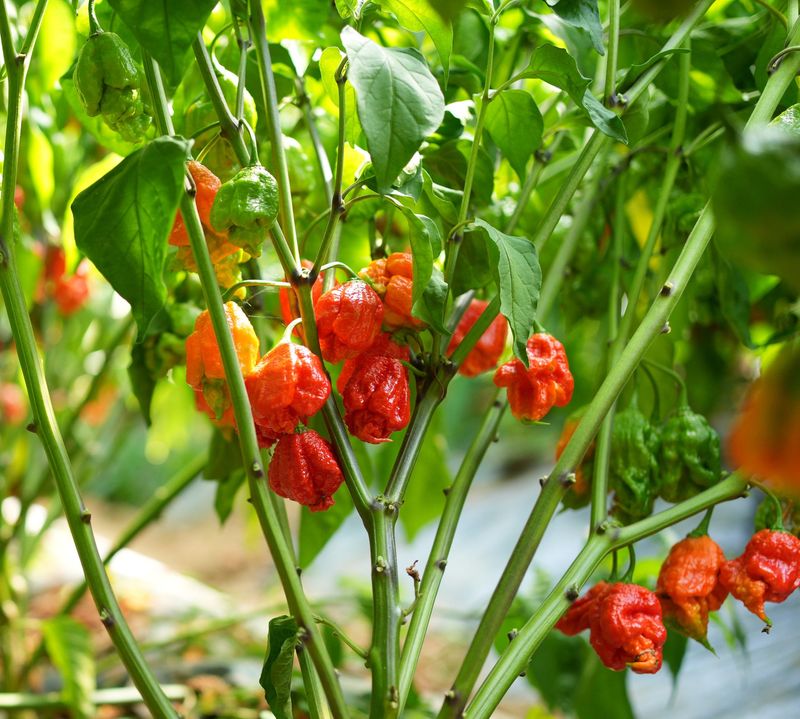Carolina Reapers are notoriously fiery, demanding specific growing conditions to thrive. In this guide, we’ll explore five essential tips to help you cultivate these remarkable peppers successfully.
From ensuring optimal sunlight and soil quality to mastering watering techniques and fertilization, you’ll learn everything needed to nurture these spicy wonders.
Whether you’re a seasoned gardener or a spicy food enthusiast, these tips will enhance your growing experience and pepper yield.
1. Sunlight and Heat
Carolina Reapers demand abundant sunlight, thriving in 6–8 hours of direct sun daily. If grown in a cooler climate, row covers or container planting can help maintain warmth and access to sunlight. Relocating pots to sunnier spots becomes crucial. These peppers relish heat, making them perfect for warm regions. Ensuring adequate sunlight not only fuels growth but also enhances pepper flavor. Keep plants safe from sudden chills by adjusting their environment. Mastering sunlight exposure sets the stage for successful Carolina Reaper cultivation, providing the fiery kick these peppers are famous for.
2. Soil Quality and Drainage
Optimal soil quality is vital for Carolina Reapers. They flourish in well-draining soil packed with organic matter. A slightly acidic pH, ranging from 6.0 to 6.5, is ideal for growth. Amending poor soil with compost or aged manure boosts nutrient content and root development. This preparation ensures a robust foundation for your plants. Inconsistent drainage can hinder growth, so focus on the soil’s ability to retain moisture without waterlogging. Proper soil preparation not only nurtures the plant but also enhances its fiery flavor, making every bite a testament to your gardening skills.
3. Watering and Moisture
Maintaining the right moisture level is crucial for Carolina Reapers. They require consistently moist soil, yet it shouldn’t be waterlogged. Watering deeply when the top inch is dry usually suffices, typically 1–2 times weekly. In different climates, adjust accordingly. Avoid overhead watering to minimize disease risk. The balance of moisture supports healthy growth, maximizing both yield and flavor. Observing your plants helps tailor the watering schedule to their needs. This method ensures vibrant, fiery peppers, ready to spice up any dish. Proper watering practices lay the foundation for a bountiful harvest.
4. Fertilization
Fertilization is pivotal for Carolina Reapers’ success. Early in the season, use a balanced, slow-release fertilizer or compost to fuel growth. As plants flower, switch to a phosphorus and potassium-rich formula to boost pepper production. This strategic feeding supports robust plant health and flavor development. The right nutrients at the right time enhance the peppers’ fiery nature. Regular fertilization schedules tailored to growth stages ensure optimal output. Understanding plant needs guides fertilization efforts, ensuring each pepper packs a punch. Fertilizer choices directly impact the Carolina Reaper’s renowned, searing intensity.
5. Temperature and Overwintering
Carolina Reapers flourish in temperatures between 70–95°F (21–35°C). In cooler regions or frost threats, consider moving plants indoors or to a greenhouse. Overwintering in controlled environments allows for year-round growth, maximizing yield and longevity. Maintaining stable temperatures safeguards plants from chilling damage. Proper temperature management ensures a continuous supply of these fiery peppers. With care, Carolina Reapers can thrive across multiple seasons, defying climate challenges. This adaptability makes them a rewarding choice for pepper enthusiasts, promising spicy harvests even when conditions turn unfavorable.
